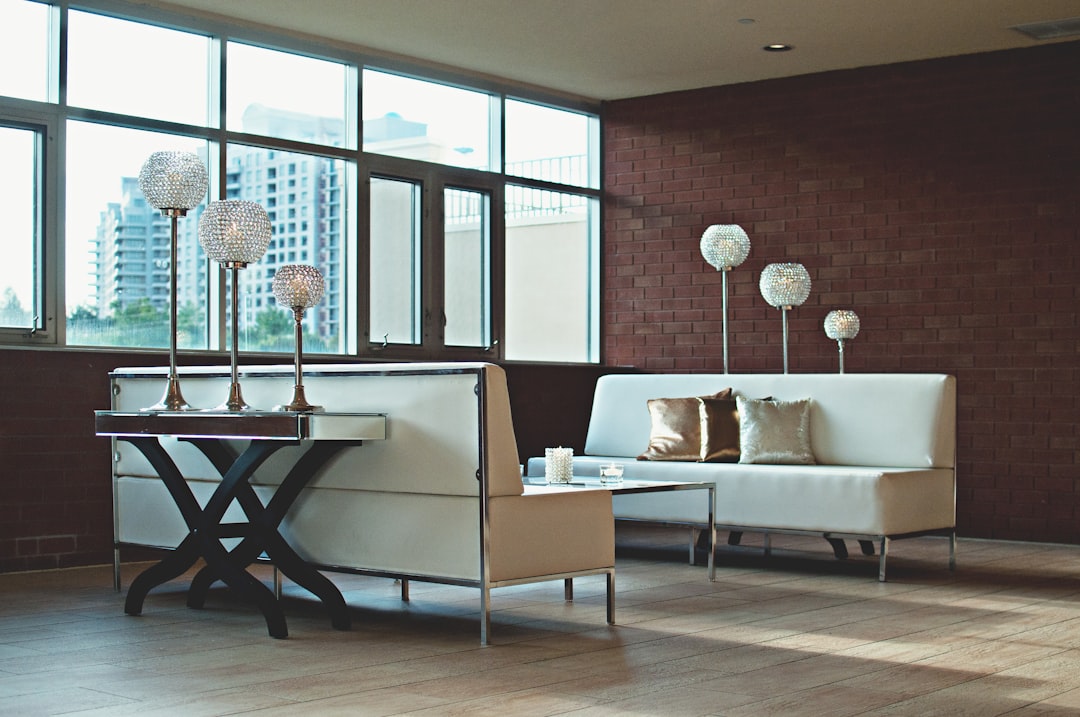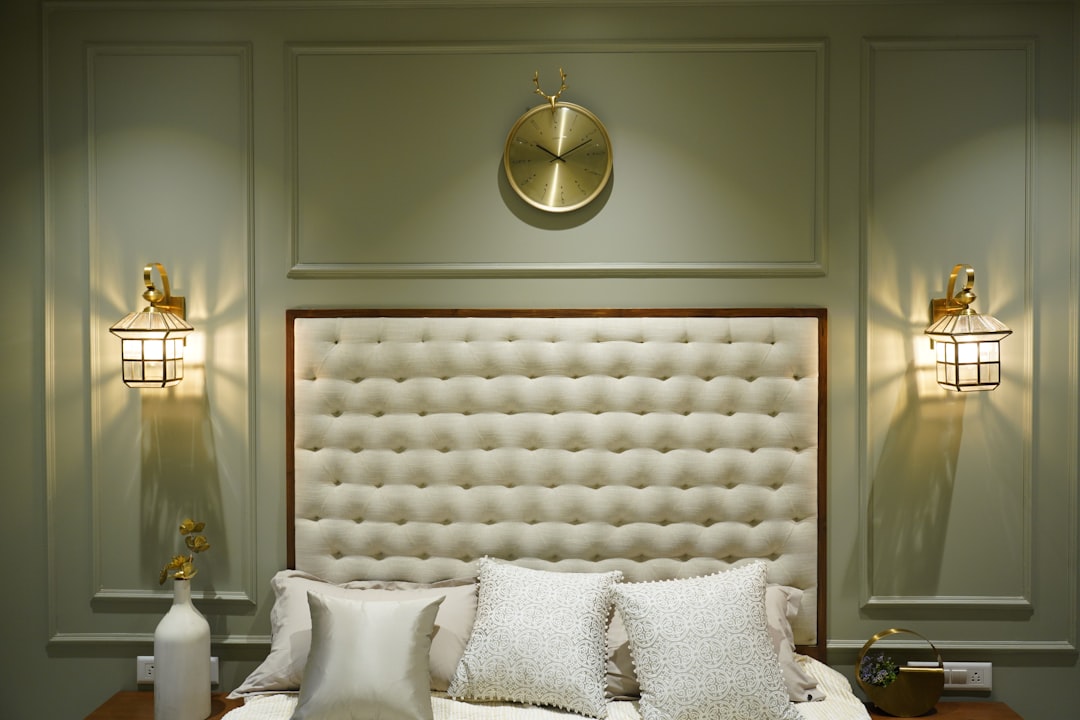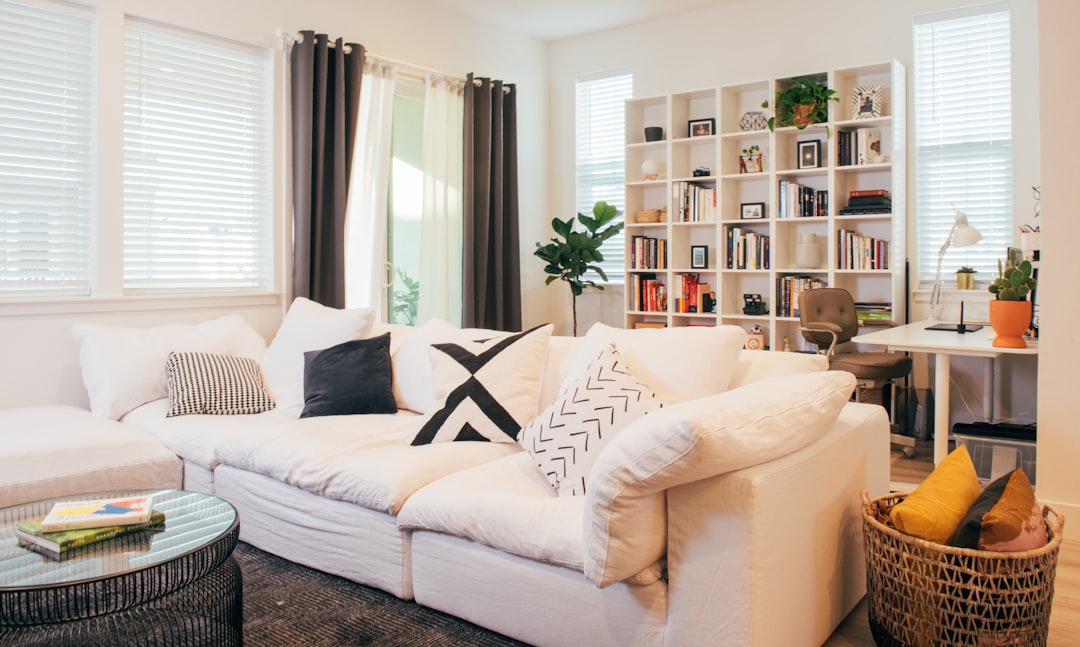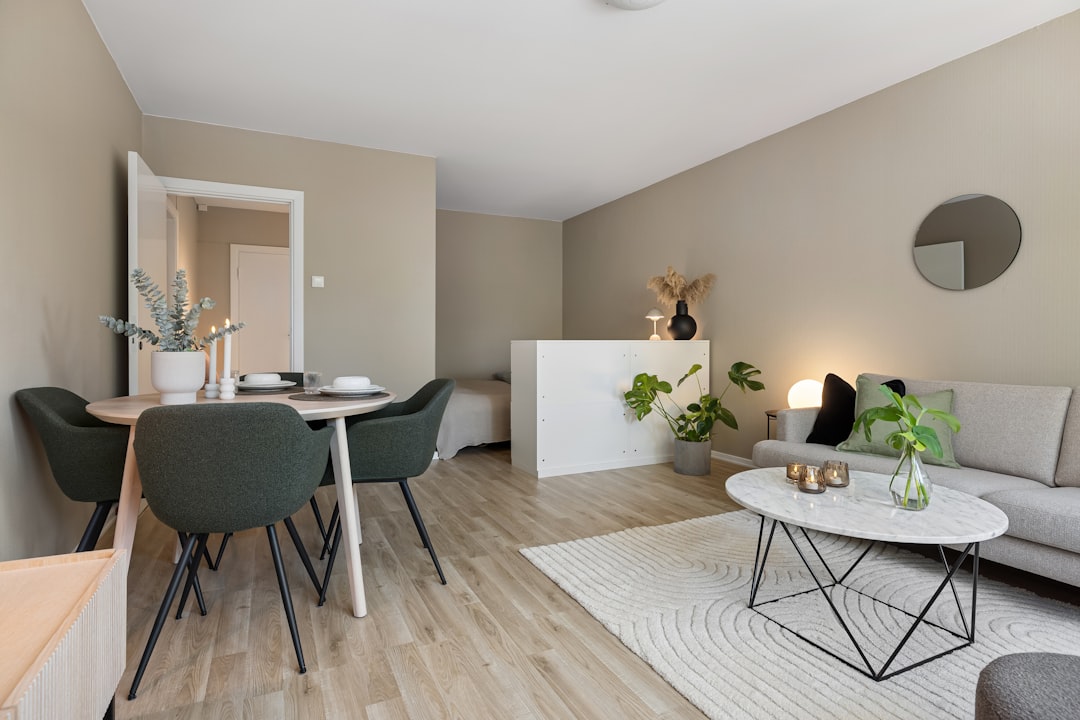Furniture Trends for 2025: Sustainable Style, Comfort, and Timeless Design
Explore how 2025’s furniture trends fuse sustainability, artisanal craftsmanship, and versatile design to create living spaces that are beautiful, functional, and eco-conscious.
Key Takeaways
- Sustainably sourced materials like reclaimed wood, bamboo, and organic textiles dominate furniture designs.
- Handcrafted and artisanal furniture celebrates uniqueness and supports local makers.
- Vintage and mid-century modern styles make a comeback for their timeless look and eco benefits.
- Biomorphic modernism introduces calming organic shapes and tactile textures.
- Modular, multifunctional furniture maximizes space while adapting to changing needs.
- Earth-tone palettes and cozy organic fabrics enhance comfort and natural harmony.
- Maximalism and personalized art bring soul and intentional storytelling to interiors.
- Furniture as functional art blurs the line between utility and aesthetic sculpture.
- Smart consumers avoid fast-fashion furniture by choosing investment pieces built to last.
Table of Contents
- Sustainable Furniture: Leading the Eco-Friendly Movement
- Handcrafted and Artisanal Furniture: Stories in Every Piece
- Vintage and Mid-Century Modern Revival: Nostalgia Meets Sustainability
- Biomorphic Modernism and Organic Forms: Curves That Calm
- Modular and Multifunctional Furniture: Form Meets Flexibility
- Cozy and Organic Textiles: Natural Comfort, Elevated
- Earth-Tone Palettes: Grounded Color with a Modern Twist
- Maximalism and Personalized Art: Interiors with Soul
- Furniture as Functional Art: Beauty That Works
- Avoiding Fast-Fashion Furniture: Invest in Design with Depth
- Final Thoughts: Designing Homes for the Future
1. Sustainable Furniture: Leading the Eco-Friendly Movement
Sustainability remains the driving force behind furniture trends in 2025. Increasingly, designers and homeowners prioritize pieces crafted from eco-friendly, responsibly sourced materials that reduce environmental impact while enhancing the warmth and character of living spaces.
Key Sustainable Materials
- Reclaimed Wood: Salvaged from old buildings and furniture, reclaimed wood brings unique textures and stories while combating deforestation.
- Bamboo: A rapidly renewable, lightweight, and sturdy material that offers sleek lines and natural beauty.
- Recycled Metals: Often seen in table bases and accents, recycled metals reduce mining impacts and contribute an industrial-chic aesthetic.
- Organic Textiles: Certified cotton, wool, and Belgian linen that feel luxurious and promote healthier indoor air quality.
Choosing sustainable furniture means investing in durability, offering unique artisanal appeal, and minimizing your home’s environmental footprint. Brands likehttps://selectfurniturestore.com exemplify this eco-conscious ethos with handmade pieces crafted in the USA.
2. Handcrafted and Artisanal Furniture: Stories in Every Piece
The 2025 furniture scene celebrates craftsmanship. Handcrafted furniture with its one-of-a-kind charm offers individuality rarely found in mass-produced items. Buying artisanal pieces supports small businesses and preserves traditional skills.
Why Handcrafted Matters
- Each piece is uniquely different, crafted with intention and skill.
- Supports local artisans and ethical production practices.
- Customization options enable personalized finishes and textiles.
From Amish woodworking’s timeless joinery to handwoven accessories, layering artisanal touches adds warmth and narrative depth. Discover inspiration at Room Concepts.
3. Vintage and Mid-Century Modern Revival: Nostalgia Meets Sustainability
Timeless design classics never truly go out of style. The resurgence of vintage and mid-century modern furniture in 2025 offers enduring appeal and sustainable benefits by encouraging reuse.
Benefits of Vintage Styles
- Clean, enduring lines that bring sophistication.
- Reduces demand for new production, lessening waste.
- Adds curated, expressive personality when paired with modern pieces.
Try plush vintage sofas with organic upholstery or iconic statement items like an Eames chair to evoke nostalgia with conscience. Explore more at Chairish.
4. Biomorphic Modernism and Organic Forms: Curves That Calm
Natural, flowing shapes define biomorphic modernism. 2025 interiors favor rounded, sculptural furniture inspired by organic elements such as river stones and tree limbs, creating soothing, approachable environments.
Defining Features
- Soft curves replace harsh angles for inviting forms.
- Nature-inspired silhouettes promote emotional calm.
- Functional artistry doubles furniture as visual focal points.
Materials like upcycled wood and hand-layered resin, often finished in matte textures, enhance tactile appeal. Companies such as MillerKnoll and Anthropologie lead this trend. Learn more at the Backyard Resin blog.
5. Modular and Multifunctional Furniture: Form Meets Flexibility
As urban living demands versatility, modular and multifunctional furniture adapts to changing lifestyles. 2025 designs emphasize adaptability without compromising style.
Why Choose Modular Furniture?
- Reconfigurable pieces evolve with your space.
- Compact designs maximize limited square footage.
- Replaceable parts minimize waste and extend product lifespan.
Items like sectional sofas with movable components and nesting side tables offer practical solutions. See Yanko Design’s 2025 trend roundup for more ideas.
6. Cozy and Organic Textiles: Natural Comfort, Elevated
Organic, breathable fabrics such as GOTS-certified cotton, wool, and linen elevate comfort while supporting non-toxic, sustainable living environments.
Benefits of Organic Fabrics
- Free from harmful chemicals, promoting clean indoor air.
- Natural thermal regulation helps with season-to-season comfort.
- Durability and softness that improve with age.
Think oversized cushions and textured upholstery that invite relaxation. Check out the offerings at The Good Trade.
7. Earth-Tone Palettes: Grounded Color with a Modern Twist
2025 color trends center on earth tones, fostering calm and rooted interiors with depth and brightness added via vibrant accents.
Trending Earth Tones
- Warm clay and terracotta
- Soft beige, cream, and sandstone
- Deep greens like olive and forest
Complementary Accent Shades
- Burnt orange and rust
- Muted cerulean and dusty lavender
Paired with natural light and indoor plants, these hues amplify biophilic design principles. For palette inspiration visit Decorilla’s Interior Design Blog.
8. Maximalism and Personalized Art: Interiors with Soul
Maximalism in 2025 focuses on curated collections and layers that express personality with intention and emotional connection.
Why Maximalism Resonates
- Expresses stories through personal art and heirloom pieces.
- Creates layered, stylistically blended interiors.
- Makes homes feel inviting and richly textured.
Curate mini-galleries mixing handcrafted art and furniture to avoid clutter and celebrate craftsmanship. More tips at Room Concepts.
9. Furniture as Functional Art: Beauty That Works
Furniture in 2025 transcends utility, becoming sculptural and artistic yet practical. These statement pieces enhance atmosphere and spark conversation.
Characteristics
- Sculptural silhouettes that serve as focal points.
- Finely detailed, hand-finished surfaces.
- Dual-purpose design marrying function with visual impact.
From resin-inlaid tables to fluid-form chairs, these pieces are art you can live with. Explore this trend through ELLE DECOR.
10. Avoiding Fast-Fashion Furniture: Invest in Design with Depth
In a market flooded with disposable options, 2025 encourages intentional investment in furniture that lasts physically and stylistically.
Smart Design Priorities
- Choose timeless shapes and quality materials over fleeting fads.
- Support ethical brands and slow production methods.
- Prioritize durability to reduce replacement and waste.
Designs that grow with you reflect personal values and sustainability. For expert guidance, see Amish Collective’s trend report.
Final Thoughts: Designing Homes for the Future
The furniture trends defining 2025 embrace beauty with meaning, prioritizing sustainability, comfort, and flexibility. By blending handcrafted artistry, vintage influences, and modular innovation, interiors become deeply personal and earth-conscious.
Remember to:
- Choose sustainably made, durable materials and support ethical makers.
- Mix styles and eras to fill your home with story and personality.
- Focus on comfort through organic, tactile finishes.
- Use maximalism thoughtfully for curated visual storytelling.
- View furniture as living art combining form and utility.
Ready to transform your living space? Begin curating sustainable, handcrafted, and versatile furniture from makers who embody artistry, ethics, and durability.
FAQ
What makes reclaimed wood a sustainable material for furniture?
Reclaimed wood reuses timber from old buildings or furniture, reducing the demand for new logging and deforestation. It features unique textures and imperfections that add character while conserving natural resources.
How can modular furniture benefit small living spaces?
Modular furniture can be rearranged, expanded, or compacted to fit changing needs, making it ideal for small or flexible spaces. It maximizes utility without compromising style, often including multifunctional components.
Why is maximalism gaining popularity in 2025?
Maximalism offers a way to express individuality through curated collections and layered textures. It creates warm, inviting interiors that tell personal stories, moving away from minimalism’s restraint toward emotional connection.
What should I look for to ensure organic textiles are truly sustainable?
Seek certifications like GOTS (Global Organic Textile Standard) that guarantee fabrics are grown and processed without harmful chemicals, using socially responsible methods. Natural dyes and durable fibers are also good indicators.
How can furniture become functional art?
Furniture becomes functional art when it combines sculptural design, fine craftsmanship, and practicality. Pieces that serve everyday needs while captivating visually create dynamic, conversation-worthy interiors.







